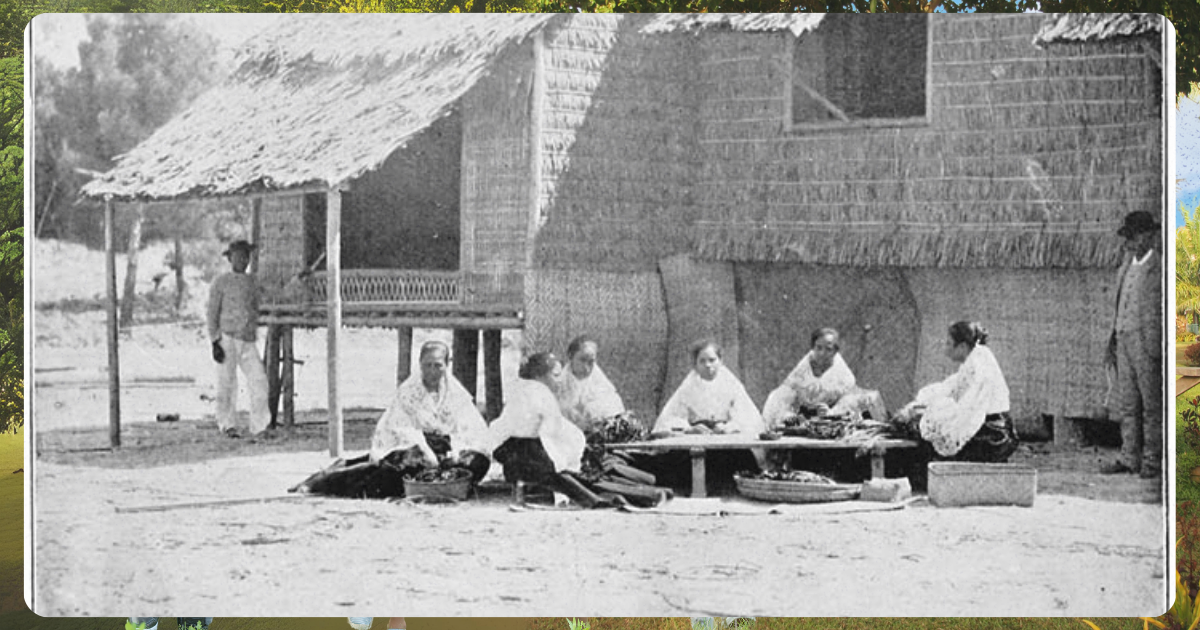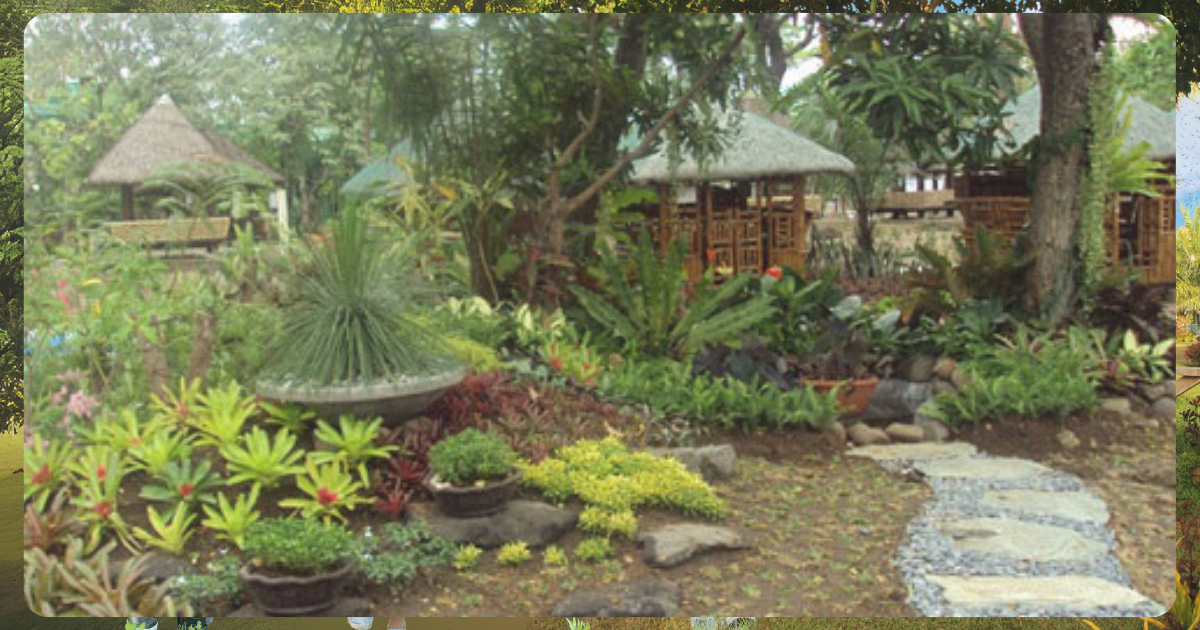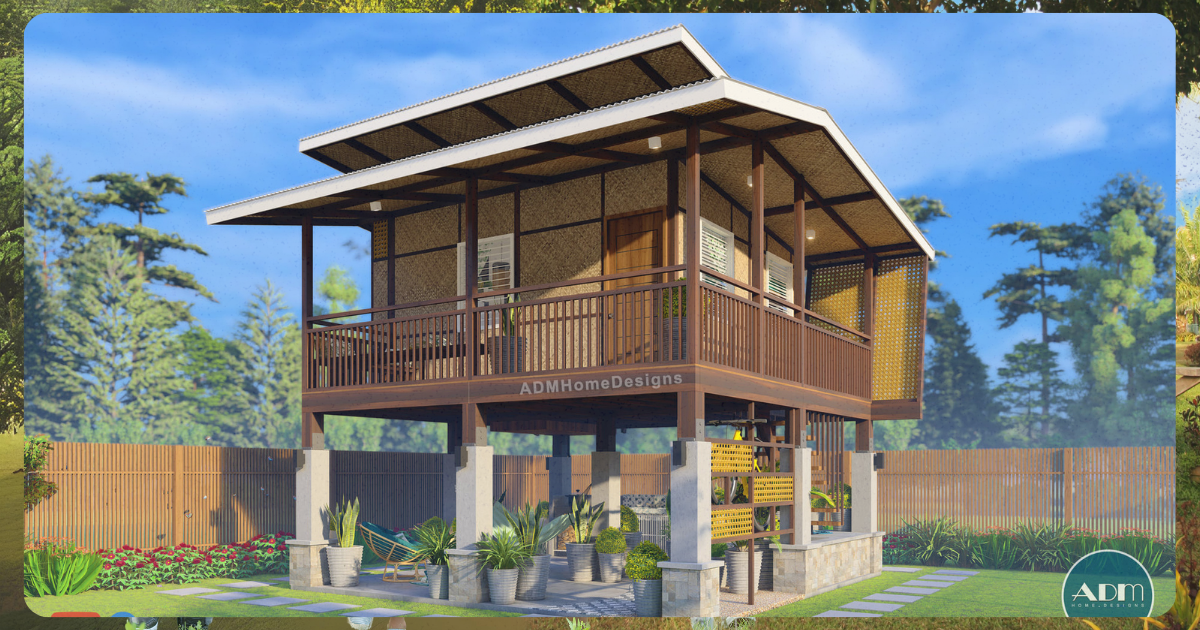Flooding is a regular challenge in the Philippines. We experience around 20 typhoons each year, making flooding a common occurrence that many Filipinos are quite familiar with. Often, floods leave communities in disarray across the nation, and our location in the Pacific Ocean makes flooding an inevitable consequence rather than an avoidable danger.
But Filipinos are tenacious. We understand that heavy rains and typhoons can lead to significant water damage, which is why flood resilience in home design is a critical concern for many of us. Enter the stilt house—a traditional solution that has stood the test of time and offers a fascinating blend of practicality and cultural heritage. Let’s explore one of the most innovative Filipino inventions, designed to protect Filipino families from flooding in this article.

The Science Behind The Filipino Stilt Houses
So, what makes stilt houses such a smart choice for flood-prone areas? These homes’ very concept is to build shelters on elevated platforms supported by stilts—essentially posts or columns that will raise the living space above potential floodwaters. This simple yet effective design prevents water from reaching the main structure and keeps interiors dry and safe.
But there’s more to it than just elevation. The space between the ground and the living area also allows for natural airflow, which is a big win in tropical climates. Good ventilation helps reduce humidity and prevents mold growth, making stilt houses not just flood-resistant but also cooler and more comfortable.

Image from BA ( )/ @bumaBAgyo on X
Stilt houses can be constructed from a variety of materials. Traditionally, wood and bamboo were the go-to choices due to their availability and flexibility. Today, concrete and steel are also common, offering enhanced durability and strength. These materials are selected not just for their resilience against floods, but also for their ability to handle the challenges of a tropical environment.
Cultural Significance and Filipino Ingenuity
Stilt houses aren’t just practical—they’re like a vibrant snapshot of history and culture. These elevated homes in the Philippines have been around for centuries, serving almost as existing proof of the cleverness and creativity of Filipino communities even before colonization. Imagine homes perched on stilts, standing tall against the elements—these structures are a symbol of resilience and adaptability, the core traits that define our Filipino culture.

Image from Wikipedia
But stilt houses have more to offer than just flood prevention. Their architectural design is a testament to Filipino innovation and tradition. Local customs and lifestyles weave these homes into their fabric. Traditional stilt houses often boast intricate designs and stunning craftsmanship, reflecting regional artistry and cultural values. So, the next time you look at a stilt house, remember that what you are seeing is a blend of functionality and rich heritage that tells a story of the ingenuity and tenacious spirit of our ancestors.
Challenges and Modern Applications of the House Stilts in 2024
As we move into the 21st century, stilt houses face new challenges. Urbanization, climate change, and updated building codes are influencing the design and maintenance of these homes. Older stilt houses may encounter structural issues and require regular upkeep to remain effective. More often than not, we now see them as simple gardens or landscape additions rather than an actual dwelling place.

Image from Facebook
However, modern architects and builders are embracing the spirit of stilt houses while adapting them to contemporary needs. Innovations in materials and construction techniques are enhancing their flood resilience and overall functionality. For instance, modern stilt houses often incorporate reinforced concrete and advanced water-resistant coatings to improve durability.

Image from ADM Home Design
There are plenty of exciting examples out there, from contemporary stilt homes in coastal cities to innovative renovations of traditional designs. The possibilities are endless. These modern adaptations not only preserve the essence of stilt houses but also push the boundaries of what’s possible in flood-resistant architecture. What’s important to know is that the bahay kubo is definitely not extinct, or on its way out—it is simply evolving to fit the current needs and preferences of the modern Filipino.
Home Designing For Flood Risk Management
In the Philippines, flooding has long been a concern, and traditional house designs have evolved to address this issue. Stilt houses serve as a prime example of adapting traditional house designs into modern solutions for contemporary problems. Their benefits extend beyond flood management, including improved ventilation and cultural significance. As we look to the future, stilt houses will continue to inspire and inform sustainable construction practices.
Whether you’re a DIY enthusiast or a construction professional, exploring the world of stilt houses can offer valuable insights and innovative ideas. Embracing these age-old designs with a modern twist could be key to building homes that are not only resilient but also rich in heritage.
References
Moya, J. (2021, August 25). 5 Interesting Facts About The Bahay Kubo, A Filipino Traditional Home. Tatler Asia. Retrieved August 19, 2024, from https://www.tatlerasia.com/homes/architecture-design/interesting-facts-about-bahay-kubo
Rialp, C. (2024, January 28). 7 Modern Bahay Kubo Designs Spotlight a Filipino Classic. BluPrint Magazine. Retrieved August 19, 2024, from https://bluprint-onemega.com/7-modern-bahay-kubo-designs-spotlight-a-filipino-classic/
Wikipedia. (n.d.). Bahay kubo. Wikipedia. Retrieved August 19, 2024, from https://en.wikipedia.org/wiki/Bahay_kubo
Wikipedia. (n.d.). Kubo. Wikipedia. Retrieved August 19, 2024, from https://tl.wikipedia.org/wiki/Kubo










